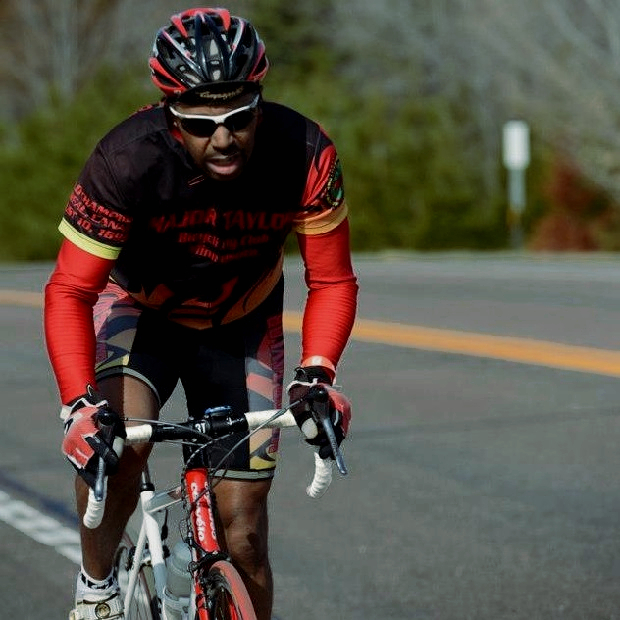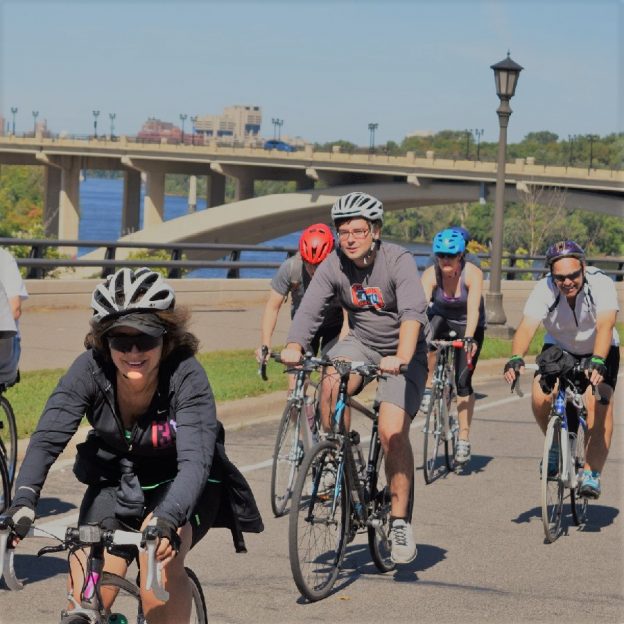Tag: bar tape
-

Learn How To Install Bar Tape For Your Most Comfortable Ride Yet
Riding and maintaining your road bike can be easy with some basic maintenance and by practicing the right skills. And while you ride your bike, you should do everything you can to feel comfortable. That includes the right fit, the right clothes, and above all else, the right touch points. Touch points on a bike…
-

Simple Bike Tips to Get You Going Faster, Farther, and More Comfortably
Do you want to make your bike ride more fun? How about getting all you can out of your bike? What about making your bike more comfortable? Well, here is some great news. We have compiled a list of simple bike tips to make your ride more fun, more efficient, and more comfortable.
